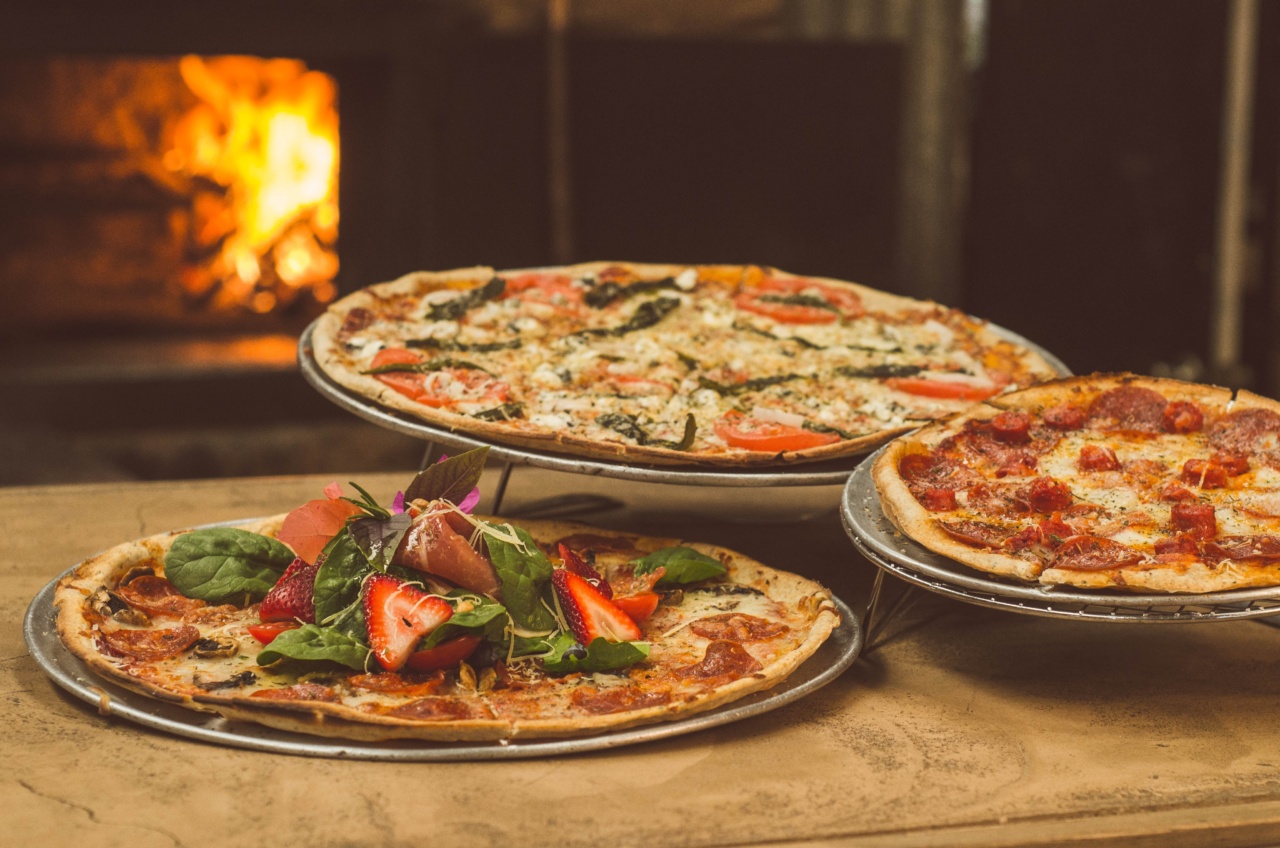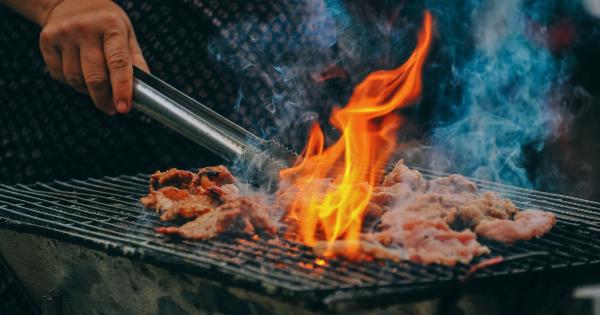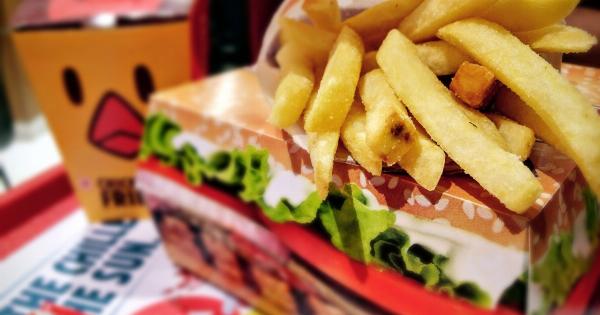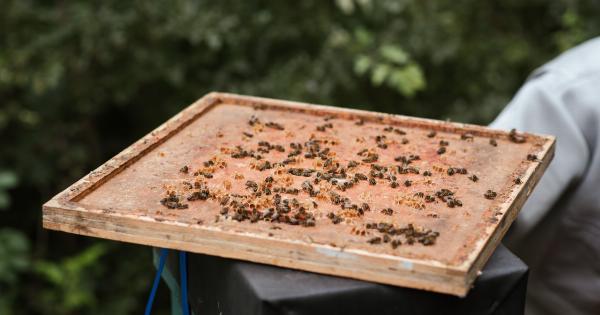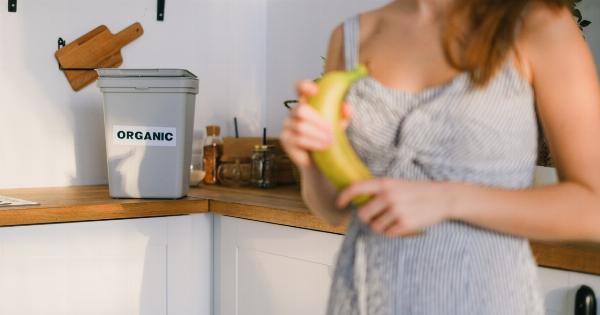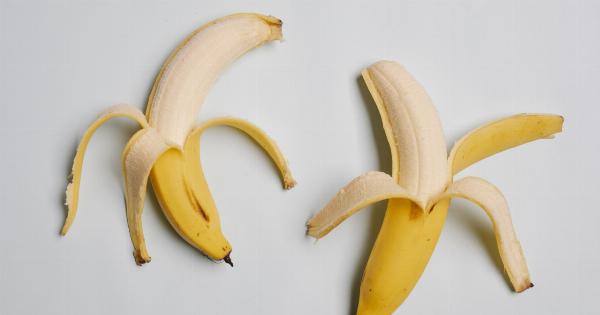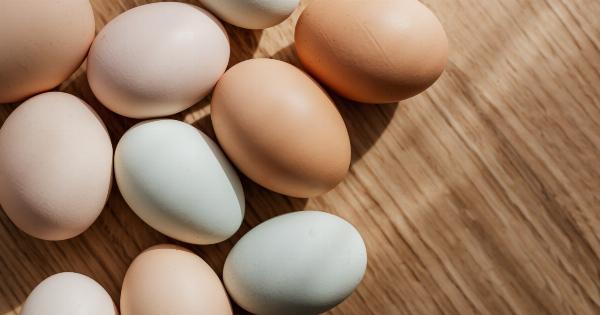Oven-baked meat dishes are among the most popular and delicious meals enjoyed by people all around the world.
However, recent research has revealed that cooking meat at high temperatures can produce carcinogenic compounds, which may increase the risk of developing certain types of cancer. This article aims to explore the different methods and techniques that can be employed to minimize the formation of carcinogens in oven-baked meat, ensuring that you can continue to enjoy your favorite dishes without compromising your health.
Understanding Carcinogens in Oven-Baked Meat
Before diving into strategies to minimize carcinogens in oven-baked meat, it is essential to understand the nature of these compounds. Carcinogens are substances that have the potential to cause cancer.
While they can be found in various sources, including tobacco smoke and industrial pollutants, certain cooking methods can also produce carcinogenic compounds in food.
When meat is cooked at high temperatures, such as through baking, roasting, or grilling, the amino acids and creatine present in the muscle proteins react with the natural sugars or fat in the meat.
This reaction, known as the Maillard reaction, results in the formation of compounds called heterocyclic amines (HCAs) and polycyclic aromatic hydrocarbons (PAHs). These compounds have been found to be mutagenic and carcinogenic, with the potential to damage DNA and increase the risk of cancer.
Choosing the Right Ingredients
The choice of ingredients plays a crucial role in minimizing carcinogenic compounds in oven-baked meat.
Opting for lean cuts of meat, such as skinless chicken breast or cuts with visible fat trimmed off, can help reduce the amount of fat that can contribute to the formation of HCAs and PAHs. Additionally, marinating the meat before cooking has been found to be an effective method of reducing the formation of these compounds.
Marinades containing herbs, spices, and acidic components like vinegar, citrus juices, or yogurt can act as a protective barrier between the meat and the high heat, reducing the formation of HCAs.
Certain ingredients, such as rosemary, thyme, oregano, and turmeric, have even shown to possess natural antioxidant properties, which can help neutralize the harmful effects of carcinogens.
Preparation Techniques
Aside from ingredient selection, the way you prepare meat before baking can also influence the formation of carcinogens.
Several techniques can be employed to minimize the exposure of meat to high temperatures and reduce the production of HCAs and PAHs.
Firstly, you can partially pre-cook the meat through methods like poaching or steaming. By doing so, the cooking time in the oven can be reduced, minimizing the chances of HCAs and PAHs formation.
Additionally, microwaving the meat for a short time before baking has also been found to significantly decrease the formation of HCAs.
Another technique is to elevate the meat above the grill or baking pan by using a roasting rack. This allows the fat to drip away from the meat, reducing the amount of fat available to react and form carcinogenic compounds.
Placing aluminum foil on the baking pan can also help catch drippings and prevent them from burning and producing additional carcinogens.
Optimal Cooking Temperatures and Times
The temperature and duration of cooking play a critical role in the formation of carcinogens. Employing lower cooking temperatures can help minimize the production of HCAs and PAHs.
It is recommended to cook meat at a temperature of 325°F (163°C) or below to reduce the risk of carcinogen formation.
Using a meat thermometer to ensure the meat is fully cooked without exceeding the desired internal temperature can help reduce the time it spends in the oven.
The longer the meat is exposed to high temperatures, the greater the chances of carcinogen formation. It is essential to ensure that the meat reaches the appropriate internal temperature to kill any potential harmful bacteria, but without overcooking it unnecessarily.
Choosing Alternative Cooking Methods
If you are particularly concerned about carcinogen formation, you can consider alternative cooking methods that are known to produce fewer of these compounds.
Slow cooking methods, such as stewing or braising, involve lower temperatures and longer cooking times, resulting in reduced HCA and PAH formation.
Another option to explore is sous vide cooking, which involves vacuum-sealing the meat and cooking it in a precisely controlled water bath at lower temperatures.
This gentle cooking method significantly reduces the production of carcinogens, while still ensuring food safety and tenderness.
Are Charred or Crispy Parts Safe to Consume?
When meat is grilled or oven-baked, it is common for crispy or charred parts to form. However, these parts often contain higher levels of HCAs and PAHs, which are potential carcinogens.
It is advisable to avoid consuming excessively charred or crispy portions of meat to minimize exposure to these compounds. Trimming or scraping off any charred areas before consumption can help reduce your intake of potentially harmful substances.
The Importance of Proper Hygiene and Storage
While this article has primarily focused on minimizing carcinogens during the cooking process, it is crucial not to neglect other food safety practices.
Ensuring proper hygiene, such as washing hands before and after handling raw meat, and using separate utensils and cutting boards for raw and cooked meats, is essential to prevent cross-contamination and the spread of harmful bacteria.
Proper storage of meat is also crucial. Storing raw meat at lower temperatures, preferably below 40°F (4°C), can help slow down bacterial growth and prevent any potential toxins from forming.
Additionally, it is essential to consume stored meat before the expiration date to avoid any health risks.
Conclusion
Minimizing the formation of carcinogens in oven-baked meat requires a combination of mindful ingredient selection, preparation techniques, cooking temperatures, and alternative methods.
By following these guidelines, you can enjoy healthier, safer meat dishes without compromising on flavor and enjoyment. Remember to prioritize proper hygiene and storage practices to ensure the overall safety of your meals. With these measures in place, you can relish the deliciousness of oven-baked meat while responsibly protecting your health.
